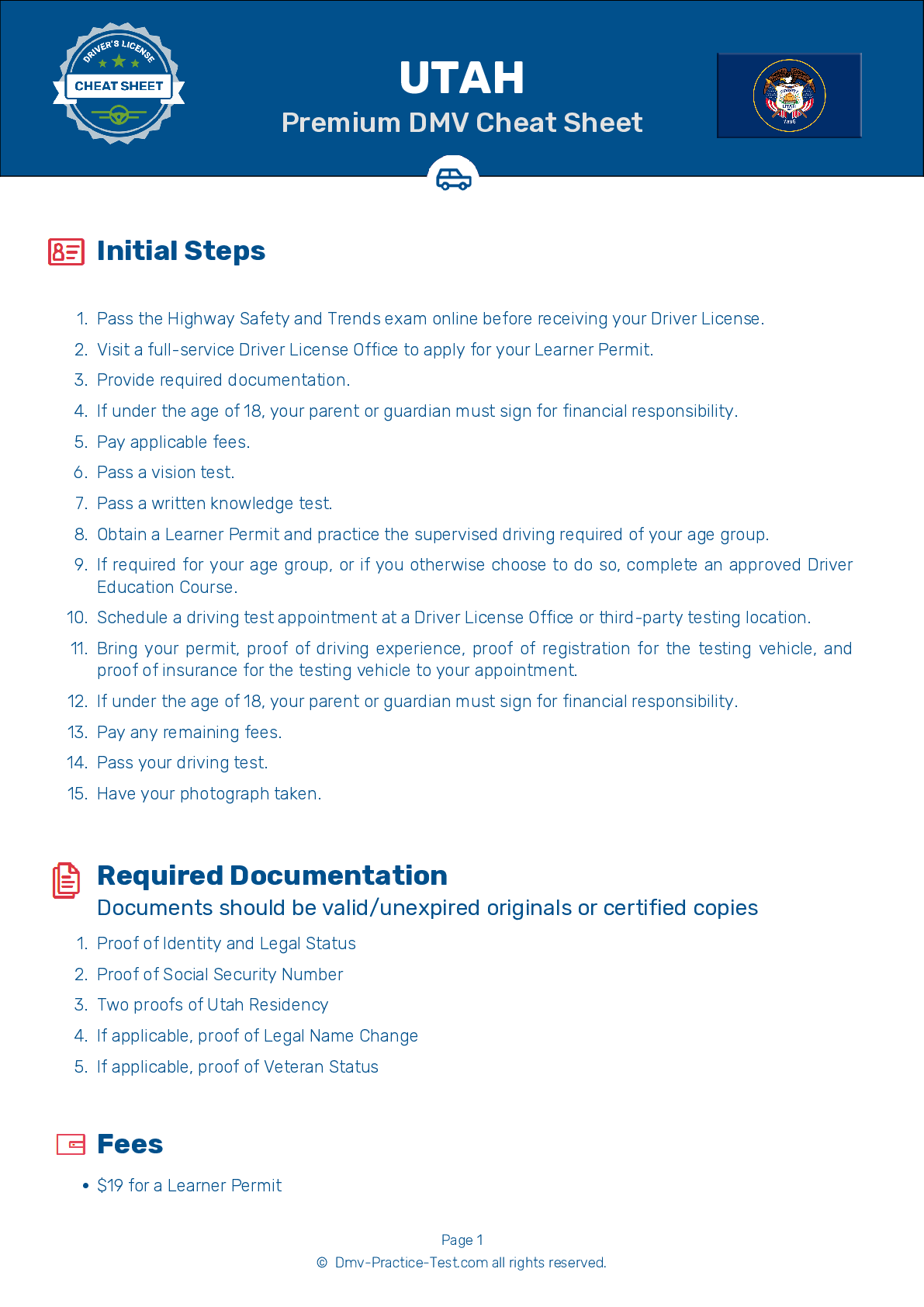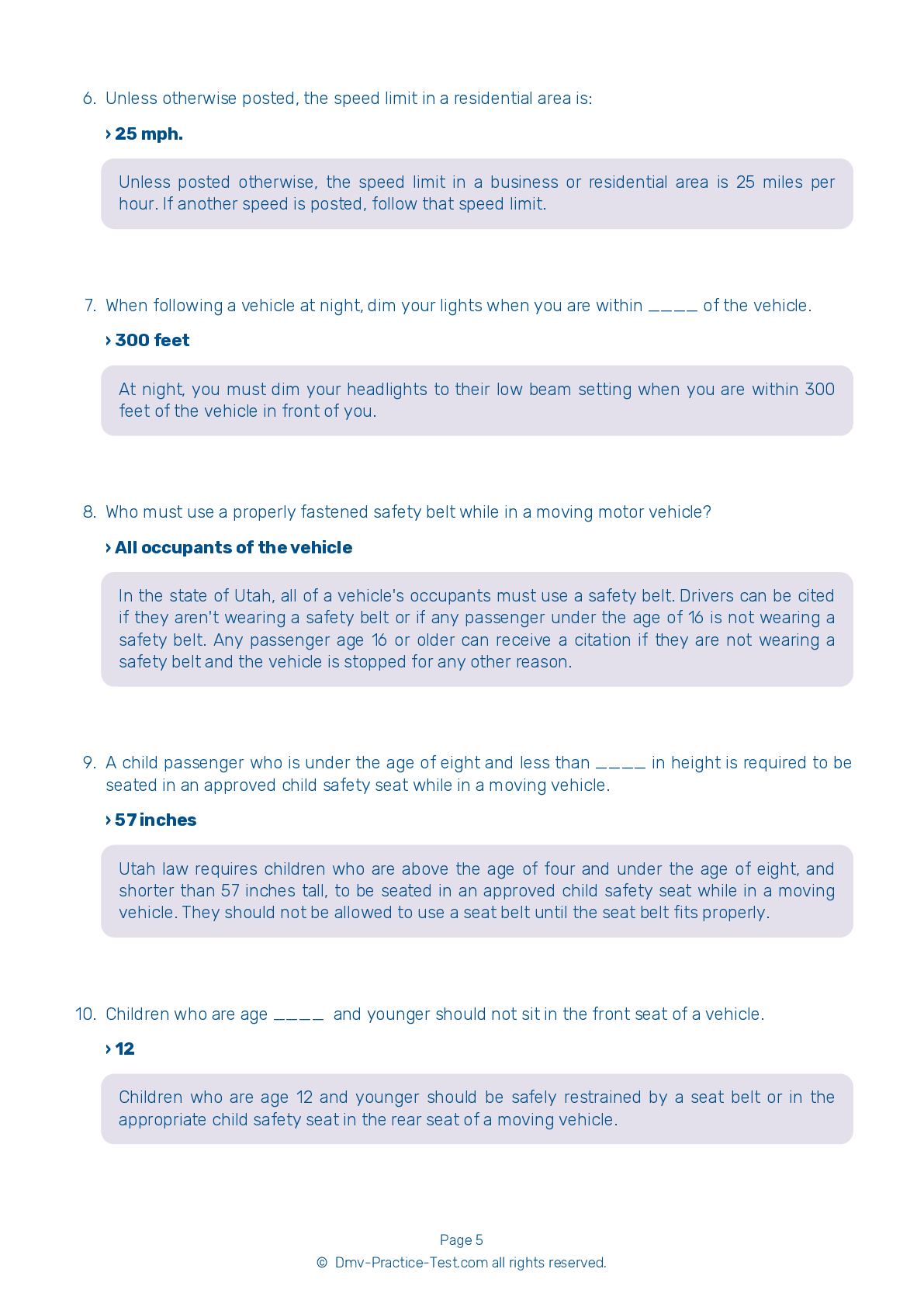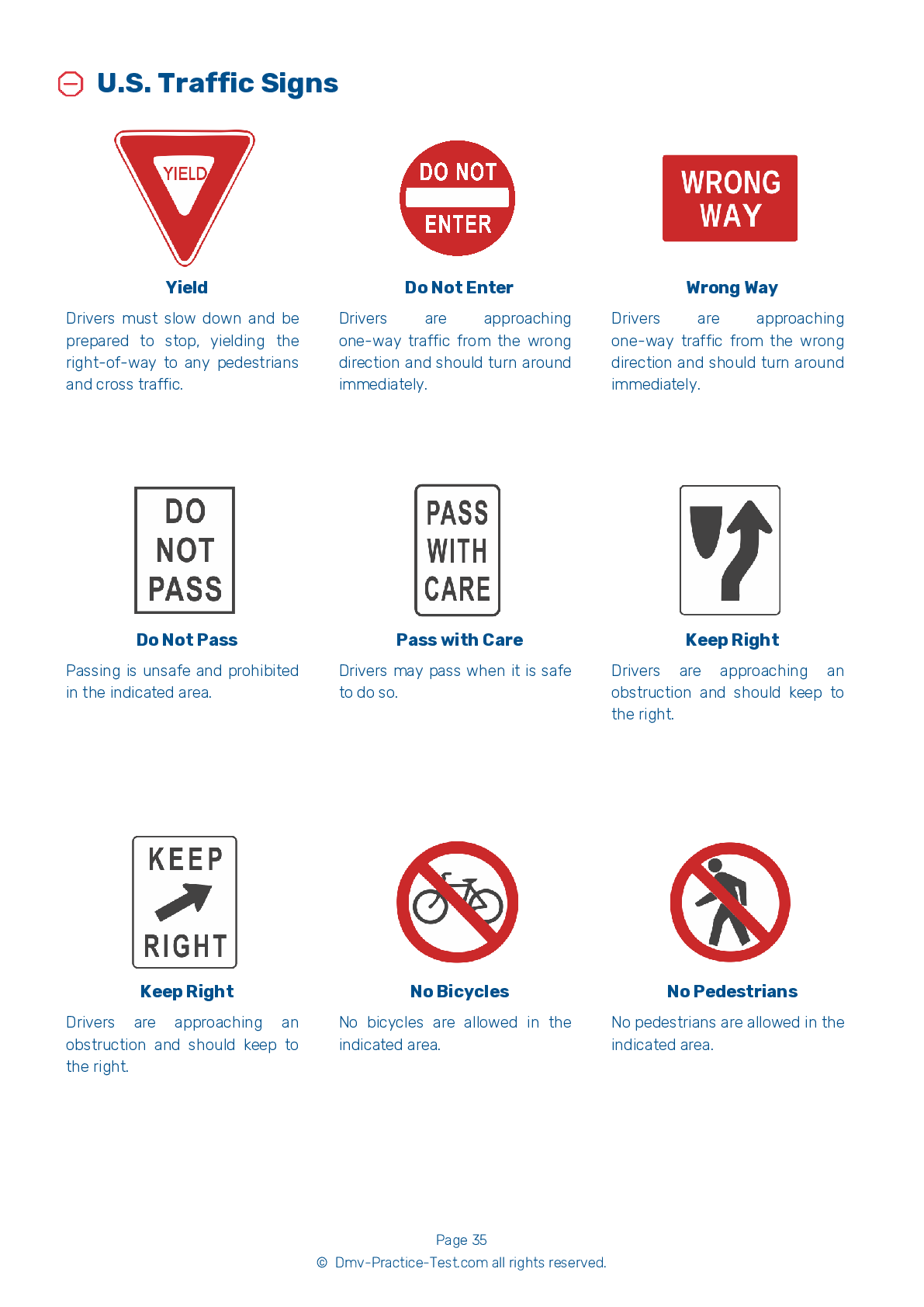FREE Utah DMV Practice Test #17 Page 2 of 3
The practise exams for the Utah DMV have been updated for January 2026. It comprises questions based on the most important traffic signals and laws for 2026 from the Utah Driver Handbook. To study for the DMV driving permit test and driver's licence exam, use actual questions that are very similar (often identical!) to the DMV driving permit test and driver's licence exam.
Each question on the practise exam has a tip and explanation to help you recall the ideas. Questions about traffic rules, traffic signs, and driving statutes, as well as knowledge from the Driver Handbook, will be included in the written portion of the official Utah DMV test.
You must properly answer 20 of the 25 questions to receive a passing mark. Use the Utah Department of Motor Vehicles' practise exam to help you prepare for your instruction permit or driver's licence.
The DMV exam is offered in a variety of languages.
Using any form of testing help will result in an automatic fail, and the DMV may take further action against your driver's licence, so avoid it.
9 . A driver entering public traffic from a driveway or private road:
If you are entering traffic from a driveway or private road, you should yield to drivers already on the public road. Merge safely into traffic when you are able to do so.
10 . This road sign means:
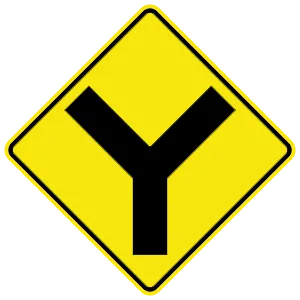
This sign indicates that there is a Y intersection ahead. You must bear either to the right or to the left.
11 . You cannot pass safely on a two-way, two-lane street unless:
You cannot pass safely when driving on a two-way, two-lane street unless you can clearly see the road ahead, you can return to your lane before meeting oncoming traffic, and your vehicle is capable of the speed necessary to pass. Do not pass where it is illegal and unsafe to do so.
12 . This sign means:
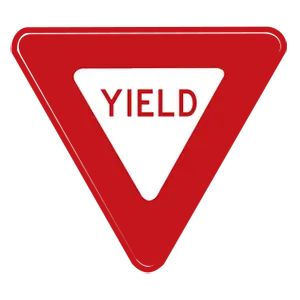
Traffic signs with three sides of equal length warn drivers to slow down when approaching an intersection and to be prepared to come to a complete stop to yield to other drivers or pedestrians. Drivers may proceed when it is safe to do so.
13 . This sign means:
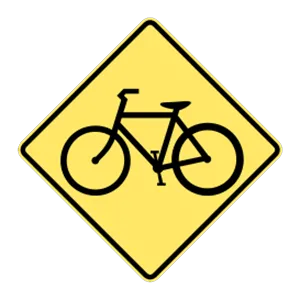
This sign provides advance warning that bicycles may be present.
14 . A broken yellow line alongside a solid yellow line means:
A broken yellow line alongside a solid yellow line means that passing is allowed from the lane on the side next to the broken line.
15 . Which of the following about winter driving is not true?
You should not use cruise control on snow, in rain, in fog, or under similar hazardous conditions. Winter is the most difficult driving season and requires extra caution from drivers. It is important to consistently check your antifreeze and windshield washer fluid levels. Using snow tires can increase a vehicle's traction on the surface of slippery roads.
16 . This sign means:

